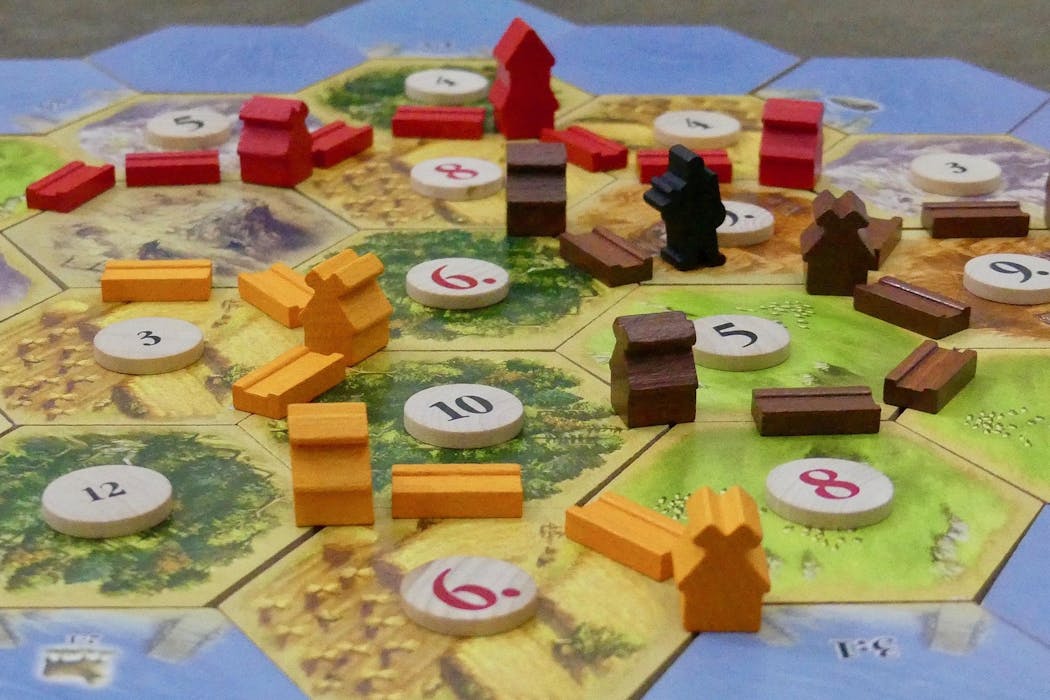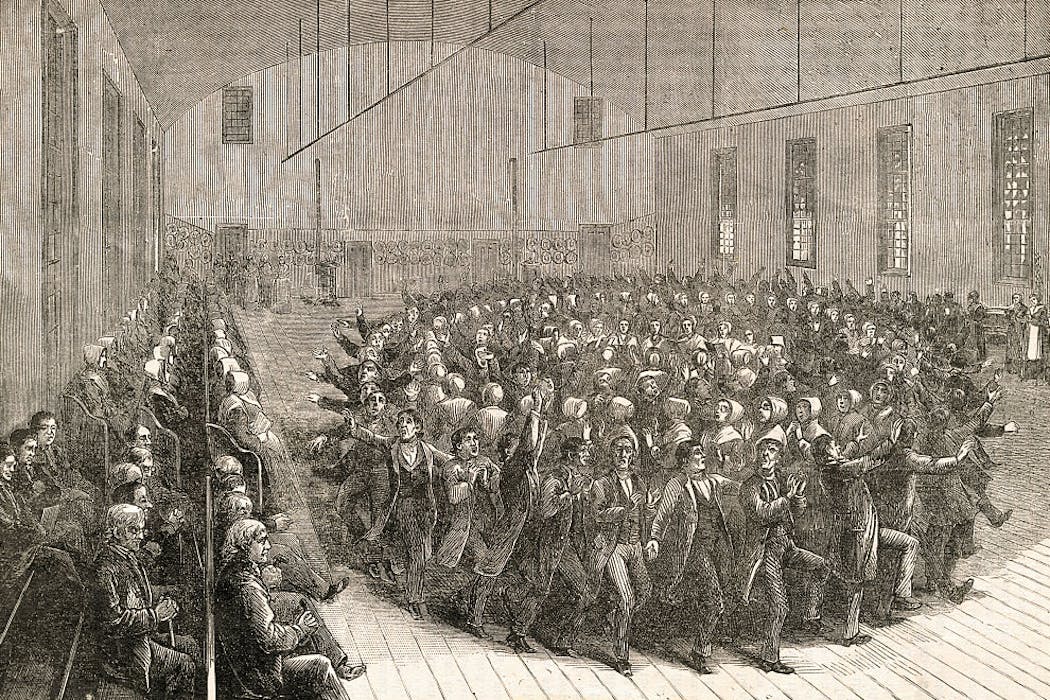Zombie metrics: why Australian cinema just won’t stay dead
 Critics write the obituaries for Australian films the weekend they're released. Is there a better way to understand the industry?AAP Image/Cameron Oliver
Critics write the obituaries for Australian films the weekend they're released. Is there a better way to understand the industry?AAP Image/Cameron OliverBy all reports the Australian cinema is dead. Left for dust by the noisy distractions of big budget movie franchises and the smaller diversions of teeny shiny devices.
All you can see in any direction are carefully written epitaphs. The Sydney Morning Herald wants to know why we won’t watch Australian films. Over at News.com.au, they’re worrying that local audiences are snubbing local films. Pedestrian is asking whether there’s any hope at all. And then there’s a doco just released online devoted entirely and without irony to the topic of what’s wrong with Australian films.
And these are just the commentaries that have been published in the past couple of months or so.
At the heart of all of these proclamations of the Australian cinema’s untimely demise is a single common cause of death: the Australian cinema has simply withered away because nobody took an interest. In particular nobody in Australia. We know the local cinema is dead because the domestic box office numbers tell us so.
Sure, films may keep being produced but they are just the walking dead. Stumbling dead really. Capable of floundering about in the harsh light of their opening weekend before falling over so quietly that not a soul notices.
This is the story of contemporary Australian cinema told as a zombie narrative. But there are other ways to tell the story.
Take for example the widely touted “failure” of Josh Lawson’s fatefully titled movie The Little Death. Media articles declaring it a box office fiasco were published before the curtain had barely closed on its opening weekend.
Trailer for Josh Lawson’s The Little Death (2014).
The din of the resulting wake drowned out Lawson’s lonely protest, in which he ruefully noted that the opening weekend figures were not, on a per screen average, nearly as unusual as the press would have us believe.
The Little Death opened on 34 screens for an average take of A$2285 per screen. If we compare this to a film of a similar genre, comparable budget size and that hit the screens at much the same time, such as Zach Braff’s Wish I Was Here (33 screens for A$2849 on average), it stands up quite well.
Or there is the case of Predestination (49 screens at A$4,133 on its opening weekend) which is held up as a paragon of failed ambition – yet had already secured a series of strong international sales before it even opened in Australia.
But don’t let these mere details ruin a good story. Or to put it another way, maybe there is a better story somewhere in the details.
Using local box office alone to determine the success or failure of Australian films is an unhelpful exercise. Typically films are held to box office standards that make a poor basis for comparison. And even as a raw metric for financial success, domestic box office is wanting.
Cinema always has been, and is increasingly a global industry. Domestic takings have been of diminishing importance for major movie production centres for some time now.
And finally, theatrical box office alone is of dwindling utility as a proxy for audience interest as more and more alternative viewing options become available (although robust data for these alternatives are not yet readily obtainable).
A group of researchers based at Deakin University have been working on a project that recasts the way we currently measure success and failure in the film industry. The project centres on a massive dataset of global film screenings, some 200 million records all up.
Using this data, and other types of reported evidence, we are proposing a revised set of measurements for tracking performance in the film industry called the Film Impact Rating (FIR).
We hope to expand the existing one-dimensional view of “success” to a multi-dimensional perspective that incorporates what we refer to as the three C’s of film impact (coverage, commentary and commercial performance).
“Coverage” includes data concerning the location, volume, and saturation of film screenings; “commentary” covers critic and user ratings as well as award nominations and wins; and “commerical” data incorporates the traditional box office return measure (domestic and international) and box office relative to production budget size.
A description of all these variables along with the specific weightings we applied to construct a Film Impact Rating (FIR) are available at the project website.
You can see in the results table above that the picture of a film’s impact is much more nuanced using this tool than just using domestic box-office to determine success or failure. For example, had we simply relied on box office as a measure for impact, then The Great Gatsby would far outstrip the other films under study.
But if we only use average critics ratings, In Bob We Trust would top the list. As demonstrated by FIR, it is the combination of these variables that provides the most meaningful measure and highlights the complex nature of the impact of films.
The FIR tool is available for anyone to use at the project website. Users are encouraged to manipulate interactive sliders to adjust the weighting of the different criteria according to their own sense of what constitutes success or impact and these preferences will be collected to help us understand how the public measures the performance of Australian films.
The Australian cinema certainly isn’t dead, nor is it even “undead”, but we do need better diagnostic tools to read its vital signs; all of them.
Deb Verhoeven receives funding from the Australian Research Council (ARC). This research was supported under Australian Research Council's Discovery Projects funding scheme DP120101940 (Only at the movies: mapping the contemporary Australian cinema market).
Read more http://theconversation.com/zombie-metrics-why-australian-cinema-just-wont-stay-dead-34808




















